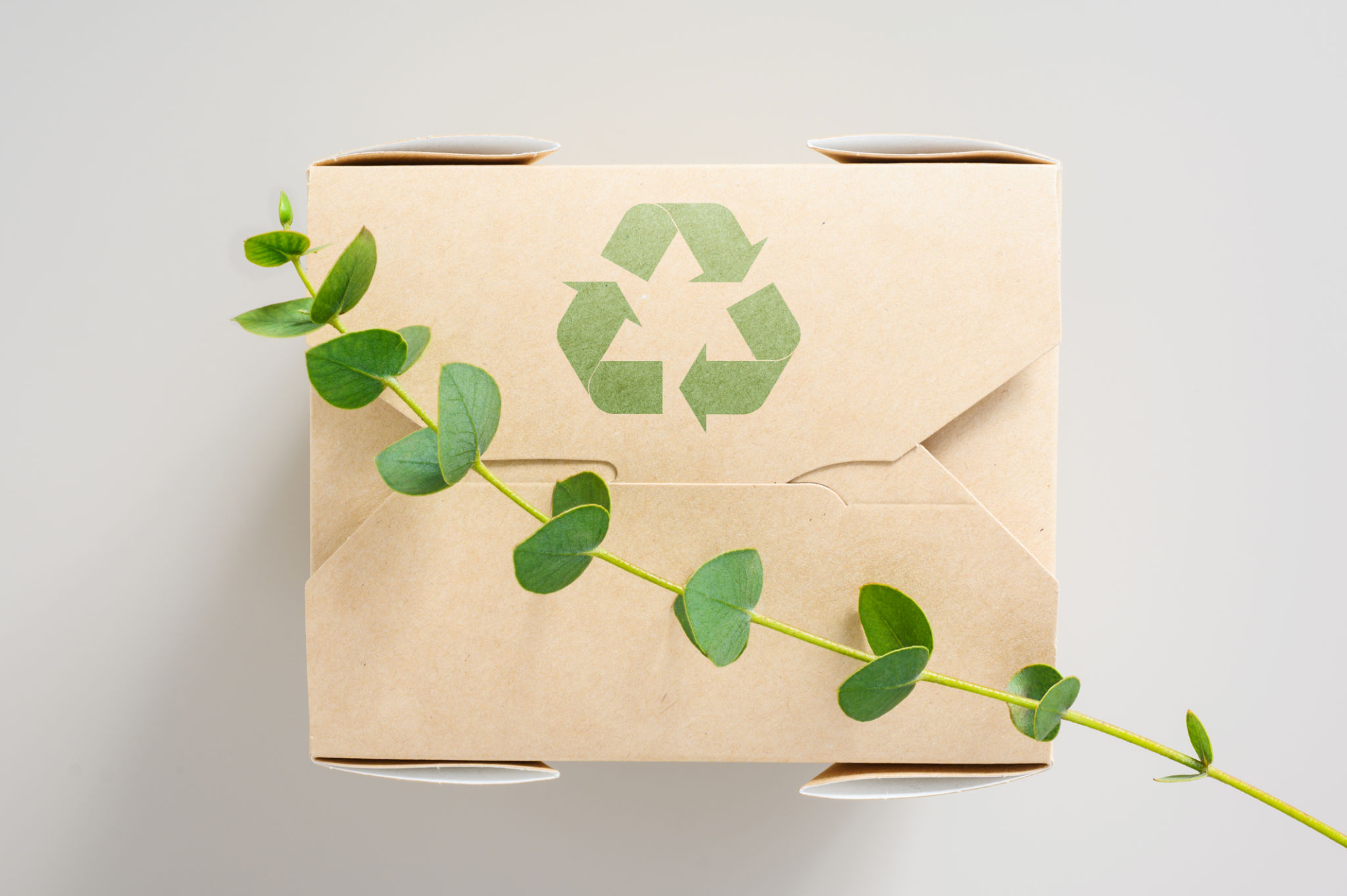BOPP Plastic vs. Traditional Packaging: What Works Best for Apparel?
Understanding BOPP Plastic
Biaxially Oriented Polypropylene (BOPP) plastic is a versatile material commonly used in packaging. Known for its strength, clarity, and resistance to moisture, BOPP plastic offers several advantages over traditional packaging materials. Its unique properties make it an attractive choice for apparel packaging, ensuring garments stay protected and presentable during transport and storage.
One of the key features of BOPP plastic is its transparency. This allows for the clear display of apparel items, which can be a significant advantage for retail environments. Customers can easily view the product without needing to open the package, which helps maintain the item's pristine condition.

Traditional Packaging Materials
Traditional packaging for apparel often includes materials like paper, cardboard, and various types of plastic. While these materials have served the industry well for decades, they come with certain limitations. For example, paper and cardboard can be susceptible to moisture and tearing, which may compromise the integrity of the packaging and the garment inside.
Moreover, traditional plastics, though effective in protecting apparel, often lack the visual appeal and durability offered by BOPP plastic. They may also contribute more significantly to environmental issues due to their composition and the challenges associated with recycling them.
Benefits of BOPP Plastic in Apparel Packaging
BOPP plastic stands out with its exceptional strength and flexibility. These characteristics make it highly resistant to wear and tear, ensuring that apparel items remain protected throughout the supply chain. Additionally, BOPP plastic is water-resistant, preventing any potential damage from spills or humidity.

Another significant advantage is its lightweight nature. This reduces shipping costs and makes handling easier for retailers and consumers alike. The lightweight aspect does not compromise its durability, maintaining the protective qualities needed for apparel items.
Environmental Considerations
While traditional packaging materials often pose recycling challenges, BOPP plastic is more environmentally friendly due to its recyclability. Many BOPP products can be recycled into new materials, reducing waste and supporting sustainable practices within the apparel industry.
However, it's essential for companies to work with facilities that have the capability to recycle BOPP materials effectively. This ensures that the environmental benefits are fully realized and that the packaging process remains sustainable.

Cost Implications
When considering cost, BOPP plastic can sometimes be more expensive than traditional materials upfront. However, its durability and protective features can lead to cost savings over time by reducing product returns and damage during transit. Additionally, its lightweight nature contributes to lower shipping costs.
For businesses looking to balance cost with quality and sustainability, BOPP plastic often presents an attractive option that aligns with modern consumer expectations for both performance and environmental responsibility.
Conclusion: Finding What Works Best
The choice between BOPP plastic and traditional packaging ultimately depends on a company's specific needs and priorities. For those prioritizing durability, transparency, and sustainability, BOPP plastic emerges as a clear winner. However, businesses must also consider factors such as cost, availability, and recycling capabilities when making their decision.
As the apparel industry continues to evolve, packaging choices will play a crucial role in shaping brand perception and customer satisfaction. By understanding the strengths and limitations of each material, companies can make informed decisions that support their business goals while also meeting consumer demands.